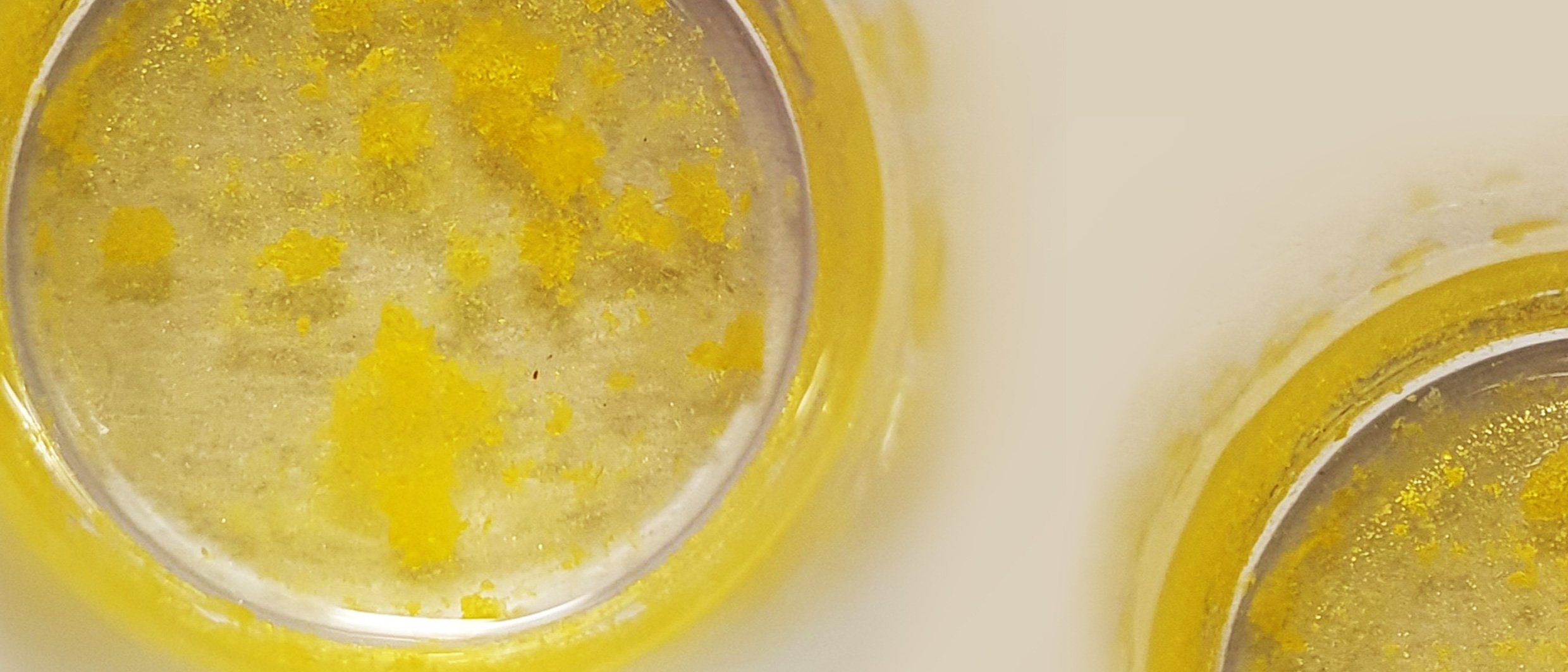Metal Recovery and Biological Remediation of Effluents
New collaboration demonstrates environmentally friendly route to precious metal recovery from electronic waste.
Introduction
In 2019, the UK generated 1.6 million tons of waste electronic and electrical equipment (WEEE), according to a UN report. Many of the materials used in electronics are extracted from the environment and problems associated with this process include cyanide, mercury and acid production, as well as the issue of ‘conflict minerals’.
WEEE generally contains a mixture of valuable, critical, and toxic elements and current methods of recovery are energy intensive or use harsh solvents.
The UK economy could save £370 million if all old, small, electricals were recycled.
Challenge
Currently most waste electrical and electronic equipment (WEEE) from Europe is sent to Asia or Africa where the majority is recycled using informal, often hazardous, procedures. This coupled with the carbon costs involved in long distance transport of waste means that there is significant environmental impact from WEEE disposal.
SEM wanted to explore the viability of using their patented DRAM technology to reduce the toxicity of the effluent created in the recovery process.
If successful, this could provide a way for the UK to deal with electronic waste and provide a resource stream of metals used in electronics.
Solution
The teams from UoE and SEM joined forces to combine the processes they had each developed. Jason Love and his team at UoE had developed processes to recover valuable metals such as gold and copper from e-waste dissolved in acid. SEM then used their patented DRAM technology to remove trace metals and neutralize the effluent provided by Jason Love’s team.
The team used WEEE provided by WEEE Scotland and applied their process to selectively extract different metals. They ensured their process was as environmentally friendly as possible and recovered the solvents for reuse where possible.
Outcome
Significant quantities of precious metals were recovered, many of the solvents used in the process could be recycled, and waste water streams could be discharged into the sewage system. Additionally, this project created a strong collaboration between the teams and the experimental technology was validated on real world samples.




